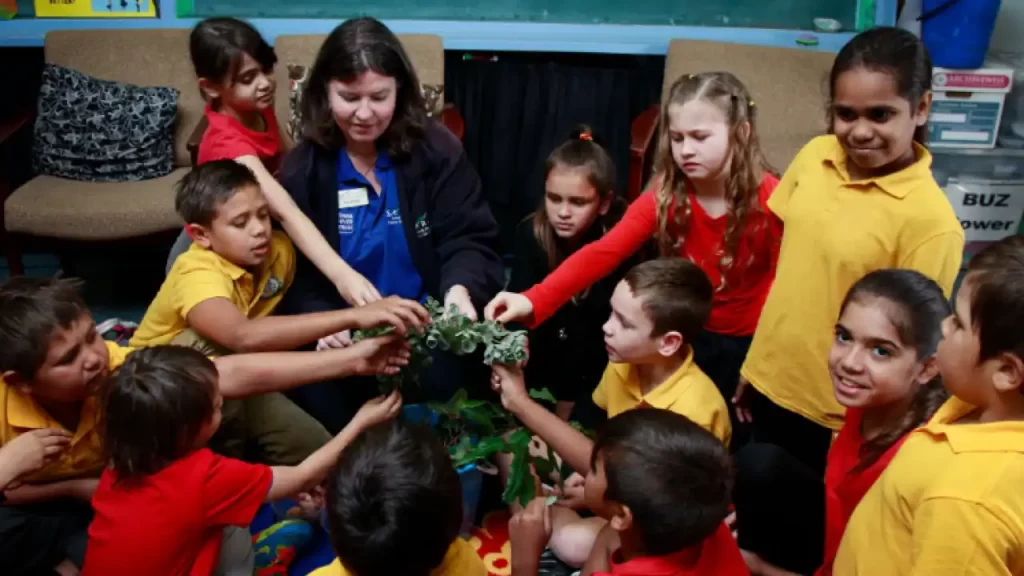The stories and traditions of Indigenous peoples have been woven into the cultural fabric of Australia for tens of thousands of years. The Aboriginal cultures, with their deep connection to the land, history, and spirituality, offer a unique and invaluable perspective. One powerful way to honour and preserve this heritage is through Indigenous literature. This article will delve into the significance of teaching Aboriginal culture through Aboriginal books and how it can foster a deeper understanding and appreciation of Australia’s First Nations people.
Preserving Cultural Heritage
Aboriginal cultures have traditionally passed down their knowledge, stories, and history through oral storytelling. However, the advent of Indigenous literature allows these narratives to be preserved in written form, ensuring that future generations can access and learn from them. Indigenous authors use their writing to bridge the gap between the ancient oral traditions and the modern world, preserving the richness of their cultures for all to explore.
Diverse Perspectives
Australia is home to a vast array of Indigenous cultures, each with its own unique stories, languages, and customs. Indigenous literature reflects this diversity, offering a wide range of perspectives and experiences. From the dreamtime stories of the Yolngu people to the contemporary reflections of urban Indigenous writers, these works provide a comprehensive view of the complex tapestry of Aboriginal culture. Teaching Indigenous literature allows students to engage with this diversity and gain a more nuanced understanding of Australia’s Indigenous peoples.
Cultural Reconciliation
In a country marked by a history of colonisation and dispossession, Indigenous literature plays a vital role in the process of reconciliation. By reading and studying works by Aboriginal authors, both Indigenous and non-Indigenous students can gain insight into the experiences, struggles, and triumphs of Australia’s First Nations people. This fosters empathy, respect, and a shared commitment to reconciliation, bridging the gap between different cultural perspectives.
Education and Awareness
Incorporating Indigenous literature into the curriculum at all levels of education is a powerful tool for raising awareness and combating ignorance about Aboriginal culture. By engaging with texts that reflect the diverse histories and worldviews of Indigenous peoples, students can become more informed citizens. This education equips them to challenge stereotypes, confront biases, and contribute to a more inclusive society.
Connection to Land and Environment
Many Indigenous authors draw on their deep connection to the land and environment in their works. These writings not only serve as a testament to the spiritual and cultural significance of the land but also provide valuable insights into sustainable living practices and the importance of environmental stewardship. Teaching Indigenous literature can inspire a profound respect for the natural world and encourage students to consider their relationship with the environment.
Empowerment Through Representation
When Indigenous students see their cultures, languages, and stories reflected in the literature they study, it sends a powerful message of validation and empowerment. It demonstrates that their voices and perspectives are valued and worthy of recognition. For non-Indigenous students, exposure to Indigenous literature can be a transformative experience, opening their eyes to the richness and diversity of Aboriginal cultures.
Promoting Indigenous Authors
Teaching Indigenous literature not only benefits students but also supports Indigenous authors and creators. It provides a platform for these voices to be heard and celebrated. By including Aboriginal books in educational programs, we can contribute to the recognition and success of Indigenous authors, helping to ensure that their stories continue to be shared and celebrated.
Conclusion
Indigenous literature is a powerful tool for teaching Aboriginal culture and fostering a deeper understanding of Australia’s First Nations people. It preserves cultural heritage, offers diverse perspectives, promotes cultural reconciliation, and shapes informed citizens. By incorporating Indigenous literature into education, we can bridge cultural divides, challenge stereotypes, and work towards a more inclusive and respectful society that genuinely values the contributions of Australia’s Indigenous peoples.
Author



